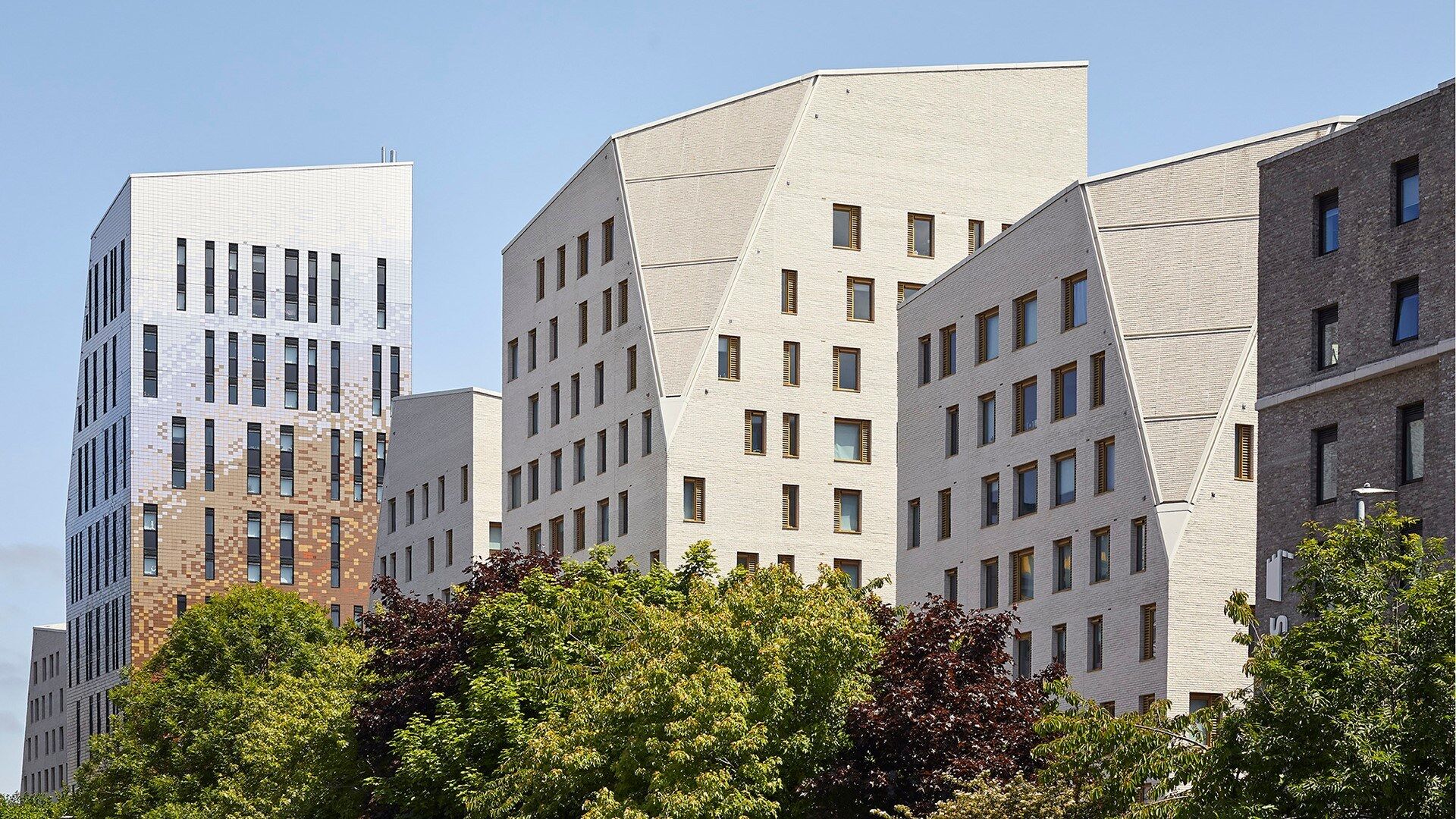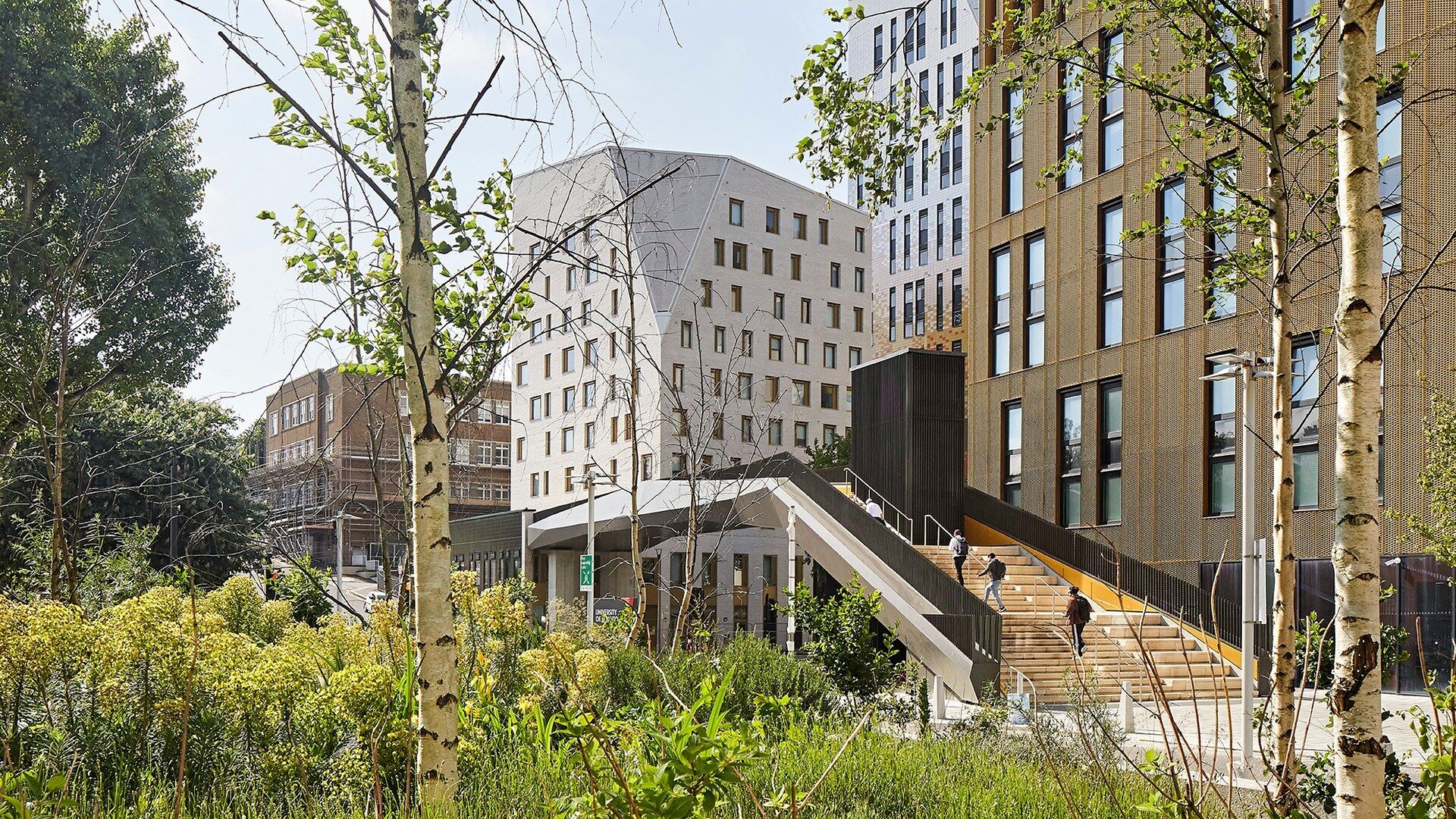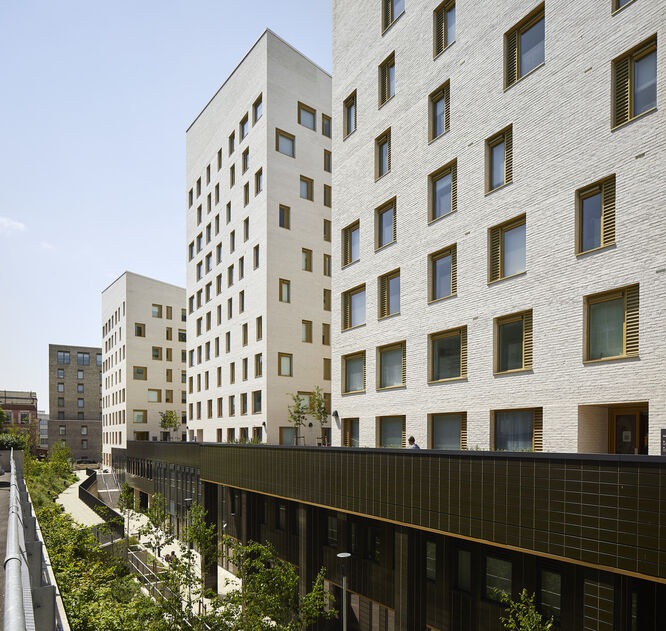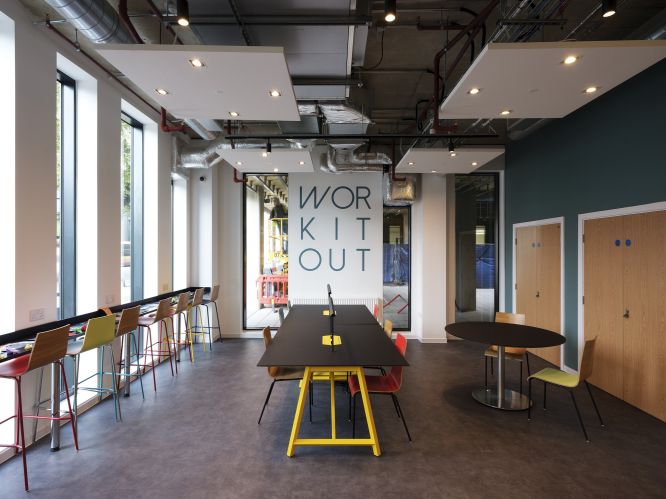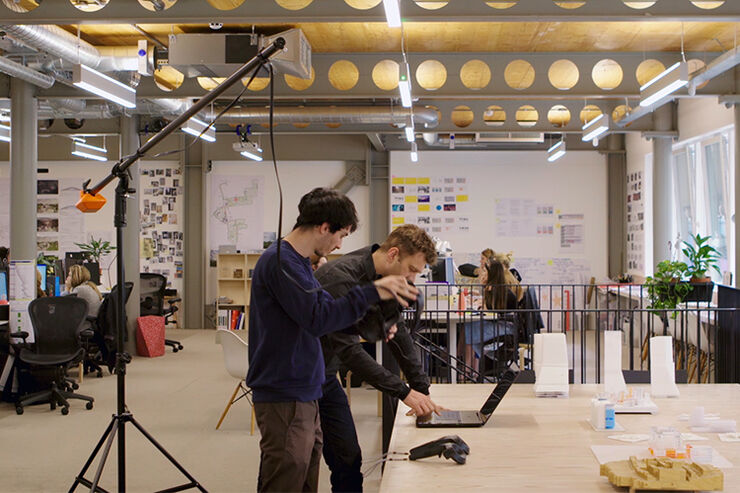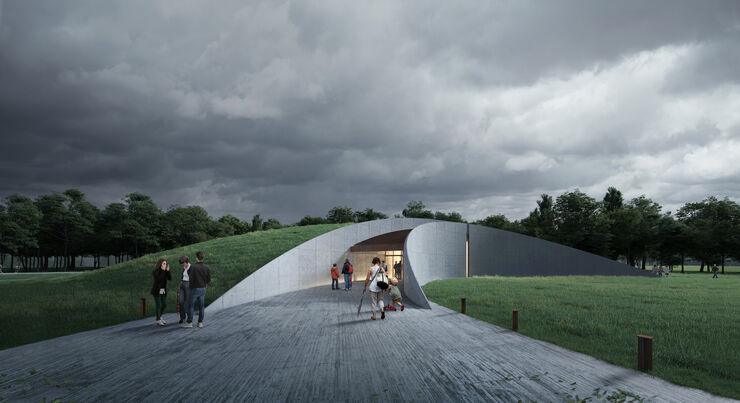Designed as a community based on an ethos of connection and wellbeing, Mithras Student Village ups the ante on student housing in the UK.
From crafting full-scale prototypes of rooms for the public to experience firsthand to enlisting the talents of a local graffiti artist, the 800-bed Mithras Student Village exemplifies a deliberate commitment to engaging with the local Brighton community.
From the outset of the design process, the project aimed to integrate with its surroundings, spanning the broader university campus to neighbouring communities and connection to an adjacent nature corridor via the creation of new, green public spaces.
Part of the University of Brighton’s Big Build, Mithras is not only one of the UK’s more uplifting student housing experiences offering much-needed affordable accommodation, it’s also re-energising the heart of one of Brighton’s largest student districts.
“Mithras prioritises the student experience, pulls people out of convention and launches them into a vibrant world of exploration, learning and sharing enabled via connection and a collaborative spirit.”
— Julian Gitsham, former Hassell Principal and co-leader Education and Science sector
Made up of five towers spanning eight to 18 storeys high, the redeveloped campus in the suburb of Moulsecoomb has transformed what was a former car park into a vibrant new centre for living and learning.
The halls of residence combine student accommodation, a new student union and sports facilities with new public plazas and a raised, verdantly landscaped walkway, which acts as a bridge over busy Lewes Road and connects the Mithras buildings to the wider campus. Improved pathways and facilities favouring pedestrians and cyclists encourage more sustainable transport within the precinct.
Individually named after different areas in Brighton, each of the five housing towers is conceived as an urban village and intentionally staggered to reduce their impact on neighbouring structures. Their design, informed by in-depth research and the context of the surrounding landscape, is based on the optimal size to enhance the wellbeing of the students — striking a balance that’s neither too big nor too small.
“It truly is a bold new gateway for the city… [and] will have a major impact not just on our university community but on our neighbours, local businesses and all our partners and stakeholders across Brighton and beyond.”
— Professor Debra Humphris, vice-chancellor, University of Brighton
Weaving cafes, social spaces and pockets of commercial activity between the halls of residence and the wider campus not only opens the precinct to the local community, providing more meaningful connection and economic benefits, it also helps emphasise the university’s commitment to providing a vibrant, world-class learning and living environment for the world’s best students.
Mithras is part of a series of new buildings, including The Brighton Business School, which we’ve designed for the university as part of our master plan to help regenerate its five campuses.
